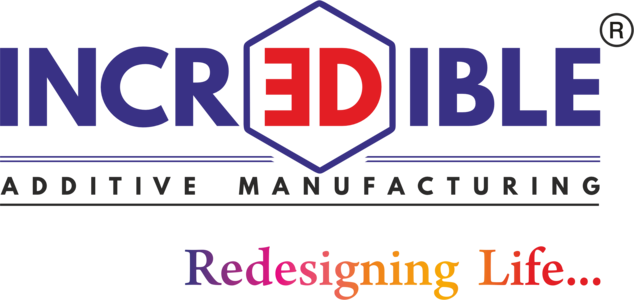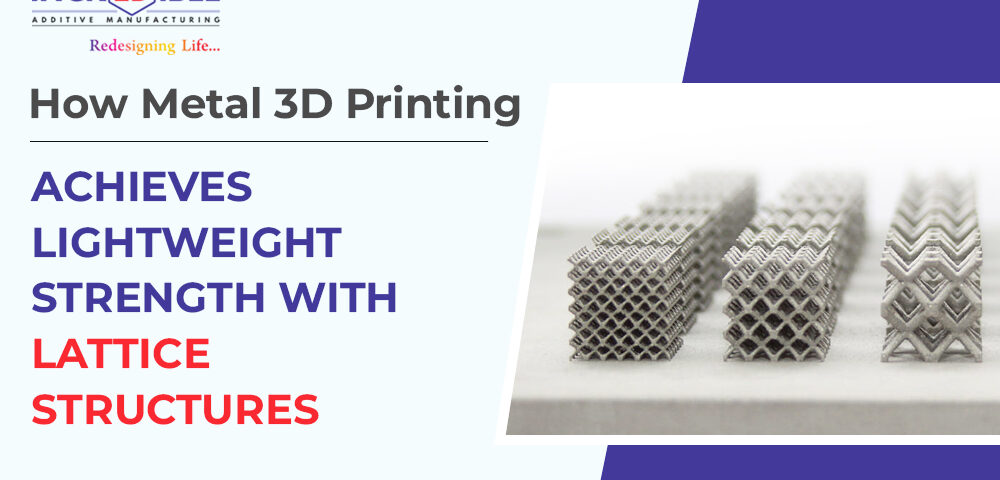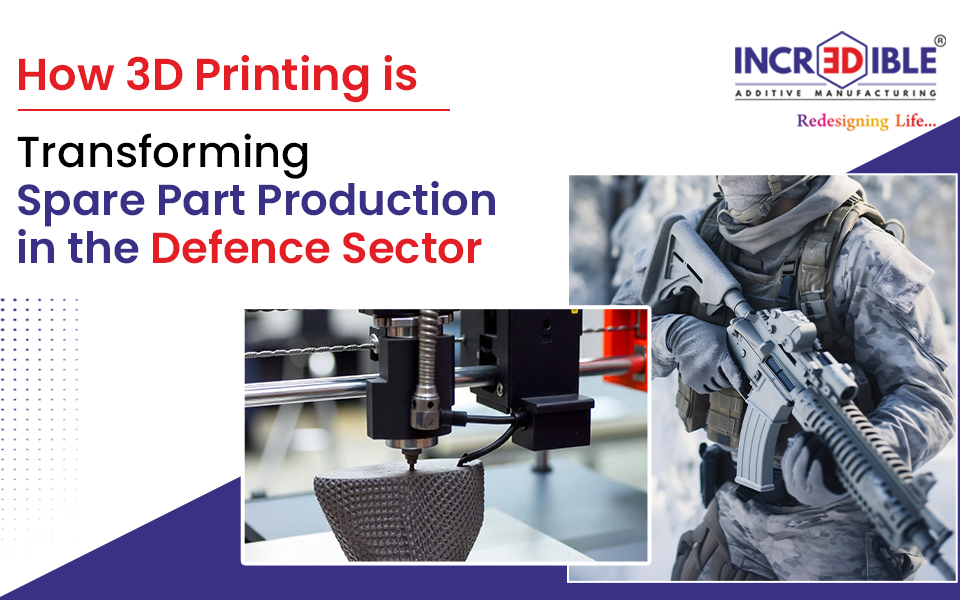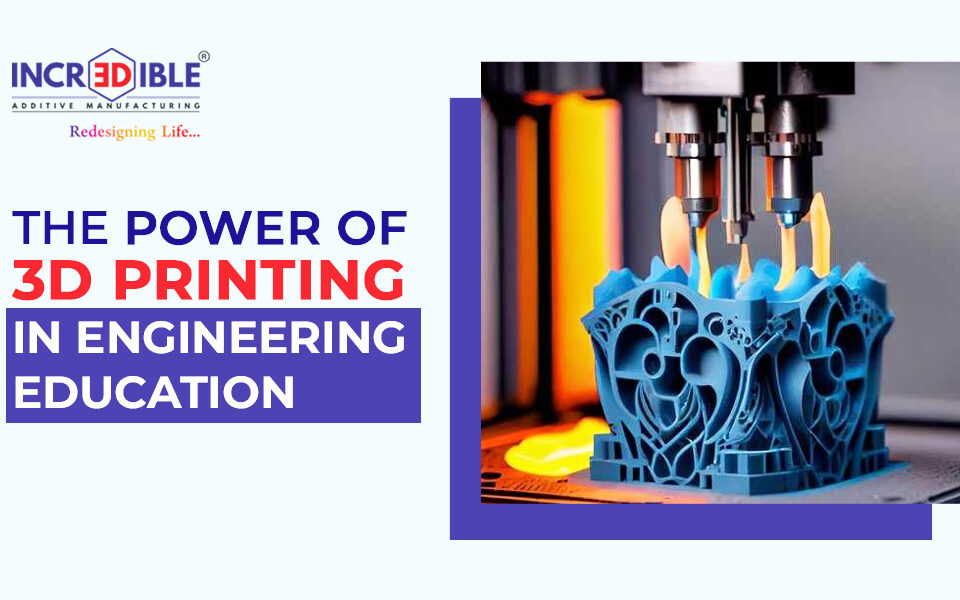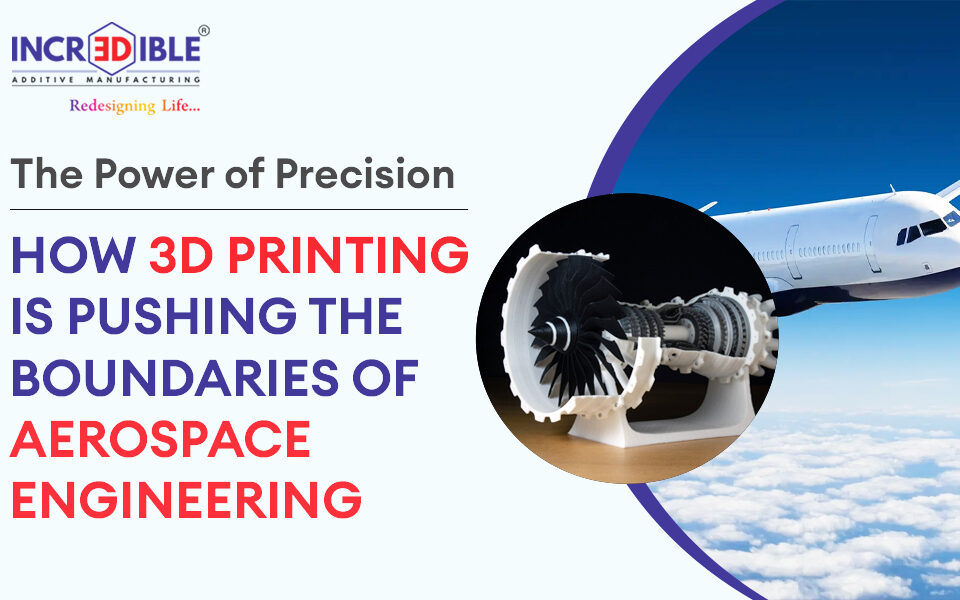How Metal 3D Printing Achieves Lightweight Strength with Lattice Structures?
The approach to design, along with manufacturing components, has undergone a radical change through 3D metal printing technology for weight reduction purposes, which maintains material strength. Traditional internal structures become lattice designs through this technology, which produces components with excellent strength and lightness characteristics. These structures based on metal 3D printing serve different industries, including aerospace, automotive, medical, and industrial design, to enhance innovation and efficiency because they produce optimized parts that demonstrate higher strength lighter weight, and increased sustainability.
Role of lattice structures to reduce material use
Lattice structures are geometric patterns made up of repeated units that distribute stress efficiently. Lattice designs strategically reduce material usage by strategically removing material, resulting in weight reduction without compromising mechanical performance. This differs from solid structures, which need extra material for weight addition. The technology produces a functional, lightweight product, although it operates under challenging conditions. These structures also support improved thermal management and energy absorption, adding functional value across applications.
Why is 3D printing ideal for creating lattices?
The manufacturing industry faces challenges creating complicated internal features such as lattices when using conventional manufacturing processes, especially in metal components. The manufacturing processes of CNC machining, casting, and forging usually involve either surface shapes only or complex joining procedures. Traditional metal 3D printing enables progressive layer construction to create structures that other approaches would find both difficult and costly to produce. Designers now can use lightweight 3D printed parts to fulfill multiple optimization goals because of unrestricted design options.
Design customization with lattice geometry
The main strength of 3D metal printing for lattice structures is that it enables users to customize designs through fine-grained control. Engineers utilize metal 3D printing to modify cell density and thickness and choose different patterns, from honeycomb to octet truss to gyroid structures, to achieve precise mechanical requirements at single locations. Turbine blades need denser lattices for their high-pressure contact regions while requiring less dense structures in areas under low-stress conditions. This level of fine-tuning is what gives lattice-based parts their edge.
Applications of lattice structures across industries
Different industries utilize lattice structures to demonstrate their usefulness. Aerospace applications use them to achieve weight reduction, thus boosting fuel efficiency without any safety degradation. The application of these structures in automotive designs brings comparable advantages, which both boost performance and decrease emission rates. Porous lattice-structured medical implants help patients achieve better healing results in addition to improved bone integration outcomes. Even consumer goods and sports equipment are using these patterns to enhance comfort, durability, and material savings.
What makes lattice-based 3D printing future-ready?
The blend of advanced software with design freedom and material efficiency gives lattice-based 3D printing its solid position in future manufacturing applications. The manufacturing transition toward environmentally friendly and cost-efficient practices now requires industrial implementations of material waste reduction methods that enhance performance standards. Companies benefit from lattice-based solutions by designing novel solutions, speeding production, and achieving multiple performance targets without difficulties.
Conclusion
Modern lightweight design and manufacturing receive complete transformation through the combination of metal 3D printing with lattice structures. Engineers, along with designers, can now transform their strategies for building efficient and strong parts because they can generate complicated internal structures using advanced geometry technology. For industries looking to lead the way in innovation, 3D Engineering is the partner that helps turn these design possibilities into real-world solutions with additive manufacturing solutions.
